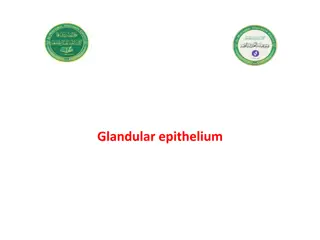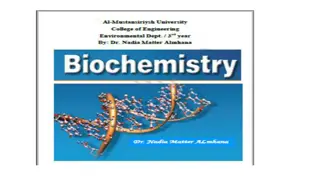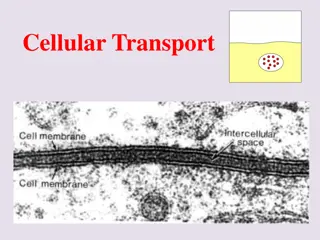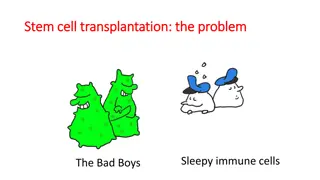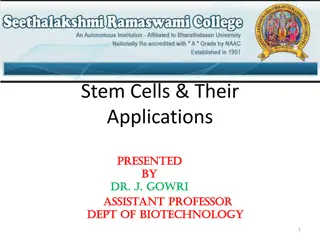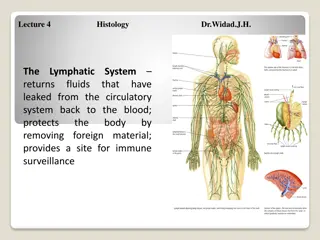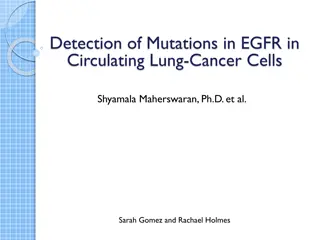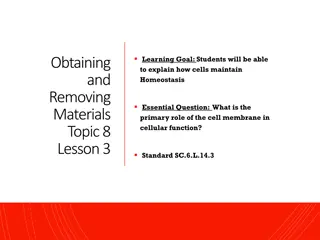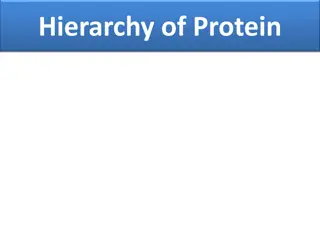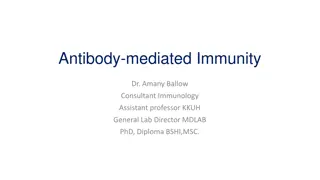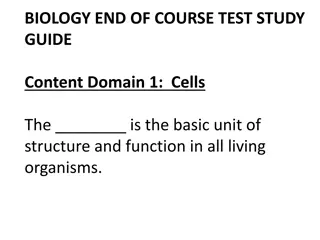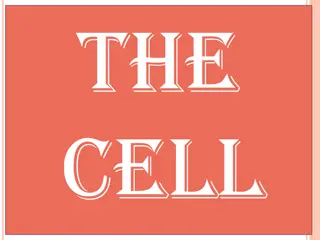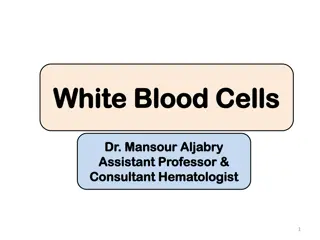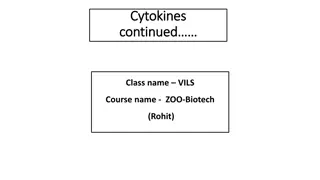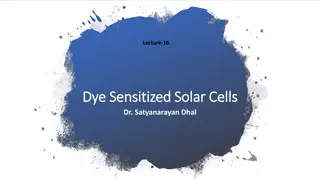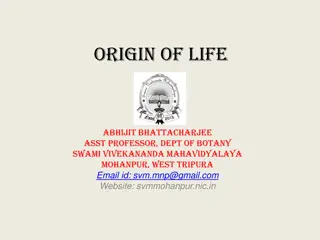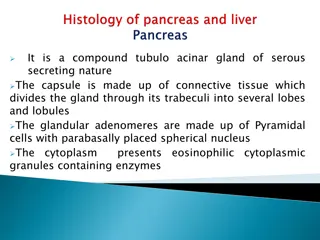Understanding Cells: Structure, Function, and Evolution
Explore the world of cells, the basic units of life, from their structure and function to the history of cell theory. Learn about prokaryotic and eukaryotic cells, the cytoskeleton, and key organelles. Dive into differences between animal and plant cells and the critical role of chloroplasts in energy production. Discover the contributions of notable scientists to cell theory and ponder intriguing questions about cellular biology.
Download Presentation

Please find below an Image/Link to download the presentation.
The content on the website is provided AS IS for your information and personal use only. It may not be sold, licensed, or shared on other websites without obtaining consent from the author. Download presentation by click this link. If you encounter any issues during the download, it is possible that the publisher has removed the file from their server.
E N D
Presentation Transcript
Chapter 1 Review What is a cell? Basic unit of life What were examples of structure and function?
All shapes and sizes.. How does the size of a cell in a tadpole compare to the size of a cell in a whale? What makes a whale so much larger than a tadple? Cells are similar in size The whale has MORE MORE cells.
Cell History and Cell Theory Cell Theory Cell Theory: theory that states . 1. All organisms are made of cells 2. All existing cells are produced by other living cells 3. The cell is the most basic unit of life
Contributors to cell theory Hooke- (1665) First to identify cells and name them Leeuwenhoek (1674) Observed cells in greater detail using lenses he made Schleiden (1838) 1stto note plants were made of cells Schwann (1839) Concluded all living things made of cells Virchow (1855) Said all cells come from other cells
Prokaryote/Eukaryote They stem from Greek words Karuon= nut or kernal (center of seed) karyote=nucleus Eu=true pro= before Prokaryote= before the nucleus
Prokaryote vs. Eukaryote Prokaryote Prokaryote No nucleus Eukaryote Eukaryote Has a nucleus No organelles Has membrane bound organelles DNA is located in cytoplasm-(jellylike substance that contains building blocks like proteins, nuceleic acids, ions)
Cytoskeleton Like a skeleton, the cytoskeleton gives cells their shape, strength, and help the muscles contract and relax.
Group Questions What differences do you observe between animal and plant cells? What might occur if the cell had no cytoskeleton? How are lysosomes, vesicles, and the central vacuole similar? Does the chloroplast make energy for the plant? Explain. What is the difference b/w a prokaryotic cell and eukaryotic cell?
Answers Plant cell=chloroplasts, central vacuole, and cell wall and animal cells do not. The cell would be disorganized with no structure. It would be weak and could fall apart. All are membrane-bound organelles that store or separate substances No-energy can t be made or destroyed. They convert energy to a form the cell can use. Prokaryotic cells do not have a nucleus or organelles.
Cell Membrane-packaging Cell Membrane: (plasma membrane) forms a boundary between a cell and the outside environment and controls the passage of materials into and out of the cell. It consists of a double layer of phospholipids and is embedded with proteins, carbs, & cholesterol Phospholipid: includes 3 basic parts Charged phosphate group Gylcerol Two fatty acid chains
Inside the cell membrane Cholesterol Cholesterol- -strengthen the cell Proteins Proteins help materials cross the membrane Carbohydrates Carbohydrates attach to membrane proteins and serve as ID tags to differentiate one cell from another.
Selective Permeability The cell The cell membrane is membrane is selectively selectively permeable permeable=it allows some, but not ALL materials to cross
Demonstration Cell Membrane
How are chemical signals transmitted across the cell membrane? Receptor Receptor- - a protein that detects a signal molecule and performs an action in response. Two types of receptors Two types of receptors
Receptors.. Intracellular Intracellular Intra -means within Membrane Membrane Receptors located in the membrane that bind to molecules that can t cross it and trasmit signals to the cell interior by changing shape Receptors that are located inside the cell and bind to molecules that cross directly through the membrane.
Diffusion & Osmosis Diffusion Diffusion Osmosis Osmosis Total movement of molecules from HIGH concentration to LOW Movement of water molecules from HIGH water conc. to LOW
Remember Concentration=# of molecules of a substance in a given volume. Concentration gradient=the difference in the concentration from one location to another.
Facilitated Diffusion Diffusion of molecules across a membrane through transport proteins. These proteins make it easier for molecules to enter or exit a cell without having to Interact with phosolipids
Osmosis Osmosis
Isotonic, Hypertonic, Hypotonic Hypotonic Solution = cell will swell (hypO=blOw) Hypertonic Solution = cell will shrink or die Isotonic Solution=concentrations are equal
Occurs in Liquid only Occurs in solid Liquid, gas











